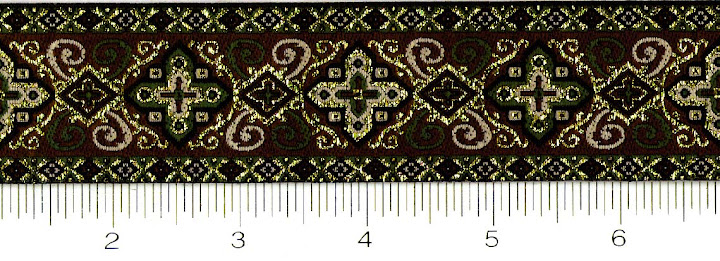To do:
Attach veil
Attach hooks and eyes (skirt to bodice)
Turn up sleeves
The embellishing turned out to be much less painful than I thought it would be, harmless really. Like quilting and knitting (intimidating at first) beading the trim at the neckline was actually soothing and relaxing. Thanks to The Bead Shop for their help in purchasing the right tools. Without them it would have been very frustrating. I found the inspiration for the beading pattern from two images, one contemporary (Queen Catharine Parr) and one modern interpretation (Ann Boleyn, The Tudors).


I placed one 10mm white pearl above and below each large cross in the boarder and one 3mm Aurora Borealis Olivine Swarovski crystal in the center. I have also placed one 3mm white pearl in the center of each smaller cross.








